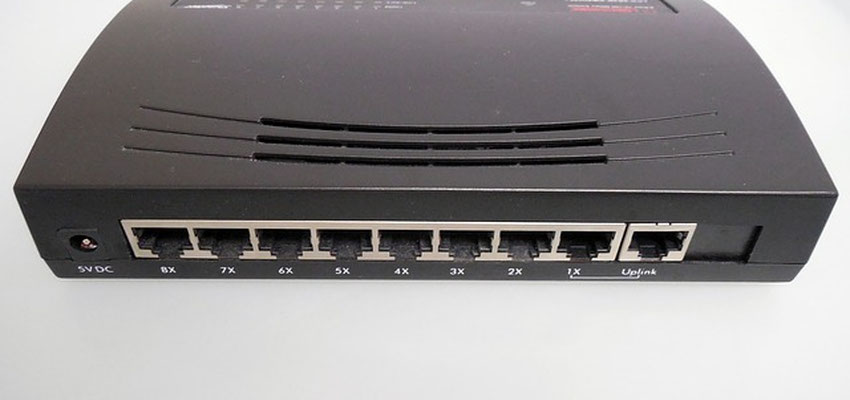
How To Properly Restart a Router and a Modem
Posted June 5, 2019, 6:39 p.m. by Michael GOne of the first solutions for any tech device, that is experiencing any sort of a problem, is to restart the device itself. If your PC is not running efficiently you might think of restarting it. If your phone is slow or is continuously hanging, you might again think of restarting it. Often this very simple solution that will fix most of the common problems.
This simple solution of restarting everything applies to our routers as well. You can easily restart your router if one or more of your devices are not able to connect with it, if you are getting no connectivity, or if your network is not showing up at all on the list of available networks. Restarting your router might sometimes fix all these problems for you.
No matter what problems you are facing, you can always reboot a router and give it some time to cool off and flush everything from its memory.
Restarting other devices can be and is a very simple process. But that is not the case with the routers. Though you don’t have to be a technical expert to restart a router, there are a few right ways and a few wrong ways to do the same.
How To Restart A Router
First, please understand that restarting is completely different from resetting a router. The words restart and reboot, although mean the same thing, which is turning a device off and then immediately back on.
Resetting of a router means taking it back to its default factory settings, which will also reset your router’s password. Most of the routers will have a pinhole button on the back, which is the reset button. By pressing this button, you will wipe out all the settings so resetting your router or modem should be the last resort for any problem.
Here are a few simple steps with which you can easily restart your router & modem:
- Unplug both the router and the modem and wait for at least 30 seconds.
- Plug the modem back in, just the modem and not the router. Wait for 60 seconds, be patient, as this is the time where your modem will authenticate with your ISP and get a public IP address assigned.
Every modem is different, but most of them come with four different lights on it, one power light, one received light, a send light and an activity light. If you see the first three lights to be stable, then your modem is fully powered.
- Look for the power button on your router. Some of the routers might have one and some won't. For those routers that don’t come with a power button, simply locate and reach the power outlet with which the router is plugged into. Please don’t use the Reset button, and keep in mind that we are looking for the Power button.
- If you find the Power button, use it and switch off the router after which you should unplug the router from its source of power.
- It is good if you unplug all access points that make up the entire network, especially if your router is connected to a modem, ensure that you unplug the modem also.
- Wait for at least half a minute, some of the router manufacturers advise you to wait for a minimum of 10 seconds but 30 seconds is good and above that, if you can wait for 1 minute then there is nothing better than that.
- After 1 minute, plug everything back and turn it on. Again wait for at least 30-60 seconds. This is the time when your router is busy establishing a connection with your ISP. Once the connection is stable, your device will automatically connect with the same. If it has not established the connection yet, open the Wi-Fi settings on your device and initiate the connection.
Some manufacturers advise you to hold down the power button for a minimum of 10 seconds and then release the same to restart the router. Well, that is not enough. To restart it properly it is advised to unplug the router and all network access points, wait for some time and then plug in everything back and restart your device.
When To Restart A Router
It not necessary to restart your router now and then. You should restart it only when you are unable to access websites that normally function efficiently.
All random errors related to DNS or time out errors can also be resolved by restarting your router.
If any of your devices such as your PC, phone, iPad or a tablet is unable to connect to your Wi-Fi network, you can restart your device as well as your router. One of the two or the combination of both might solve the problem for you.
But sometimes rebooting or restarting does not fix the problem, and it might be necessary to use other, more specific, troubleshooting fixes. Check that the lights on your modem have come on. Those three lights mentioned earlier should be showing as solid light with no flickering.
If they are flickering, this means that the modem is experiencing difficulty in getting a signal from your ISP. You must contact your ISP and ask them for assistance. Also, it is wise to check all the devices that are connected to your home network. You might have missed a problem with one of them.
Even after restarting the router any of problem mentioned above persist, it is recommended that you contact your ISP and diagnose it further.
